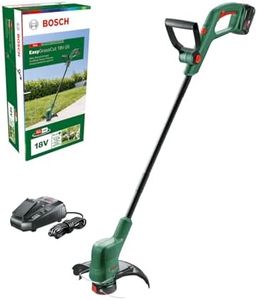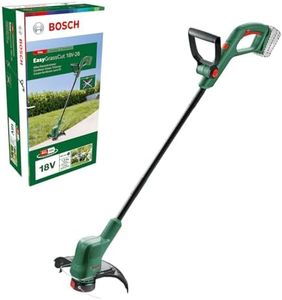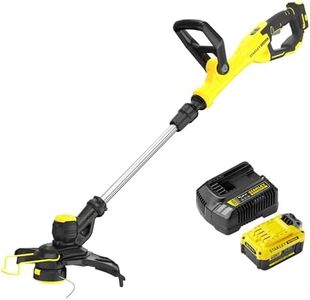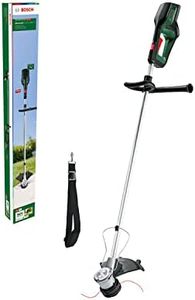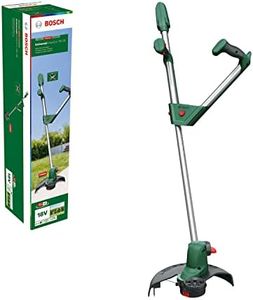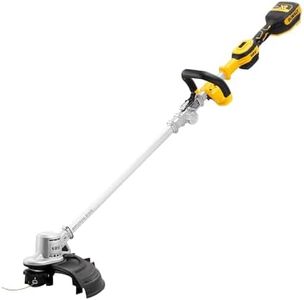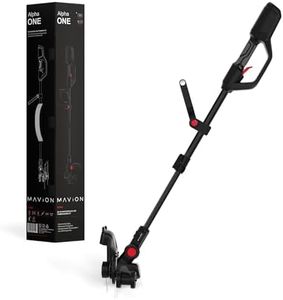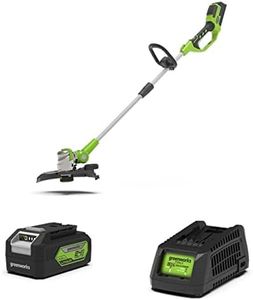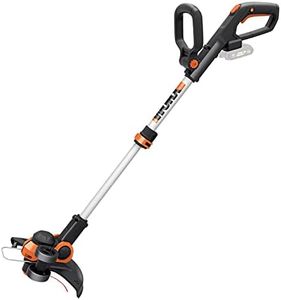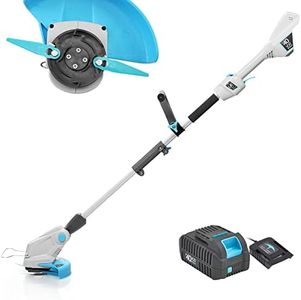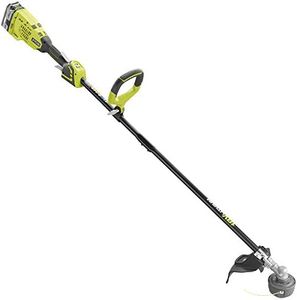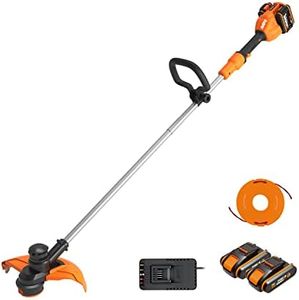We Use CookiesWe use cookies to enhance the security, performance,
functionality and for analytical and promotional activities. By continuing to browse this site you
are agreeing to our privacy policy
10 Best String Trimmers
From leading brands and best sellers available on the web.By clicking on a link to a third party's website, log data is shared with that third party.
Buying Guide for the Best String Trimmers
Choosing the right string trimmer can make your yard work much more manageable and efficient. The best string trimmer for you will depend on the size of your yard, the type of vegetation you need to cut, and your preference for convenience and ease of use. It's important to consider your own strength and comfort, as well as the kind of maintenance you're willing to handle. Think about where you'll be using the trimmer—tight corners, under fences, or wide open spaces—and how much power or maneuverability you'd need.Power SourceString trimmers can be powered by gas, electricity (corded), or battery (cordless). This describes how the tool is energized. Gas trimmers are typically the most powerful and great for large or tough jobs, but they're heavier, noisier, and require more maintenance. Corded electric models are lighter and quieter, but you need to stay within reach of an electrical outlet, so they're ideal for smaller yards. Battery-powered trimmers offer the best portability and low maintenance, but their runtime is limited by the battery size. Your choice should be guided by the size of your area and how often you want to deal with fuel, cords, or charging batteries.
Cutting WidthThe cutting width is the diameter of the area the trimmer cuts with each pass, usually measured in inches. A wider cutting width can trim more in less time, which is handy for larger spaces. Narrower cutting widths are lighter and easier to control for detail work near flower beds or tight corners. Typically, smaller yards or precision needs call for 10-12 inches, while larger or less detailed spaces benefit from 14-18 inches or more. Choose the width based on how much area you need to cover and the precision you want.
Line Feed SystemThe line feed system describes how the trimmer advances new line as the old line wears out. It can be manual, bump feed (tap the head on the ground), or automatic. Manual feed gives you control but requires you to stop and replace the line. Bump feed is convenient—just tap the trimmer head and more line comes out. Automatic feed handles it for you without interruption. If you value simplicity, automatic can be the easiest, while bump or manual feeds offer more control. Think about whether you prefer convenience or hands-on control while working.
Weight and BalanceThis refers to how heavy the trimmer is and how evenly that weight is distributed. A lighter, well-balanced trimmer is easier to carry and maneuver, reducing fatigue—especially important for longer sessions or extended areas. If you know you'll be using the trimmer for long stretches or have less arm strength, look for a model that you can handle comfortably. Test the weight whenever possible to make sure you can use it without strain.
Shaft TypeThe shaft is the long tube connecting the handle to the cutting head, and it comes in straight or curved designs. Straight shafts generally offer greater reach, making them good for getting under bushes or fences, and tend to be better for taller users or very heavy use. Curved shafts are lighter, sometimes easier to control, and can feel more comfortable for smaller users or those needing more precision. Consider your height, reach, and the kinds of spaces you’ll be working in to choose the right shaft type for you.
